10 Legacy Hotels of India – Built Before 1947
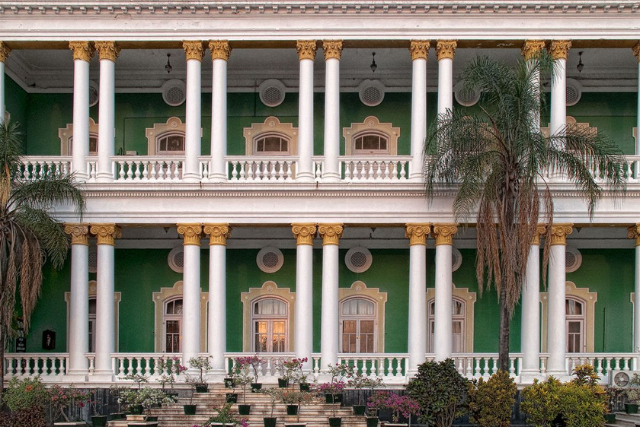
India’s rich history isn’t just preserved in monuments and museums—it’s living and breathing through its legacy hotels. These majestic properties, built before independence in 1947, offer more than just luxury stays. They are time capsules, whispering tales of royalty, British aristocracy, and architectural grandeur.
Whether you’re a heritage lover, a luxury traveler, or someone who simply appreciates a storybook stay, these hotels promise an experience like no other. Here are 10 of India’s most iconic legacy hotels, all built before 1947, each with a legacy that predates even the birth of the republic.
Lalit Mahal Palace, Mysuru
Built in: 1921
Architect: Edwin Wolleston Fritchley

Perched at the foot of Chamundi Hills, the Lalit Mahal Palace was originally built for the Viceroy of India and later served as a guesthouse for the royal family of Mysore. Designed in European classical style, it is one of the most iconic structures in southern India.
Highlights:
- Inspired by St. Paul’s Cathedral in London
- Italian marble floors and twin ionic columns
- Now operated as a luxury heritage hotel
The Imperial, New Delhi
Built in: 1936
Architect: Blomfield (in collaboration with Sir Edwin Lutyens’ associate)
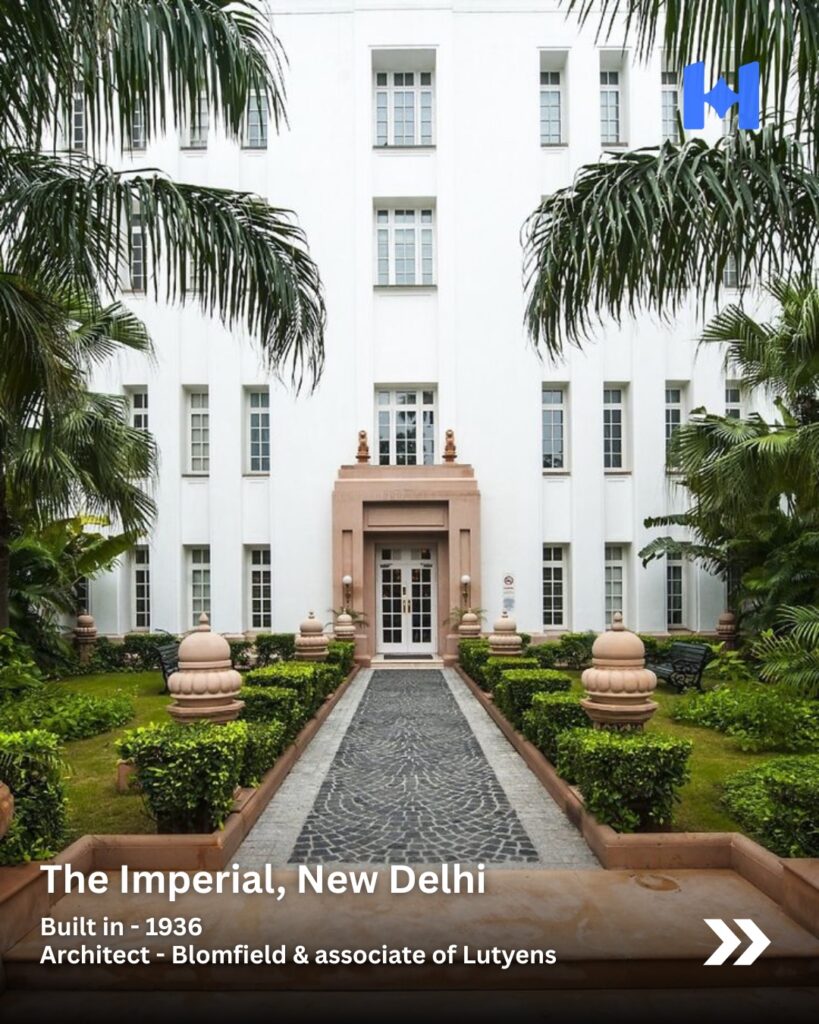
The Imperial was one of the first hotels commissioned in Lutyens’ Delhi. With its colonial charm, art deco interiors, and fascinating corridor art galleries, it served as a meeting place for British officers, Indian aristocrats, and freedom fighters alike.
Highlights:
- Houses priceless British Raj artwork
- Historic location near Connaught Place
- High tea at The Atrium is a timeless tradition
Wildflower Hall, Shimla
Built in: 1900
Architect: Ranjit Sabikhi

Originally the residence of Lord Kitchener, commander-in-chief of the British Army, Wildflower Hall is now an Oberoi luxury resort. Its location in the Himalayas makes it an unmatched escape with historic charm and breathtaking views.
Highlights:
- British colonial architecture in alpine setting
- Private dining pavilions in cedar woods
- Heated indoor pool with mountain views
Taj Falaknuma Palace, Hyderabad
Built in: 1894
Architect: William Ward Marret
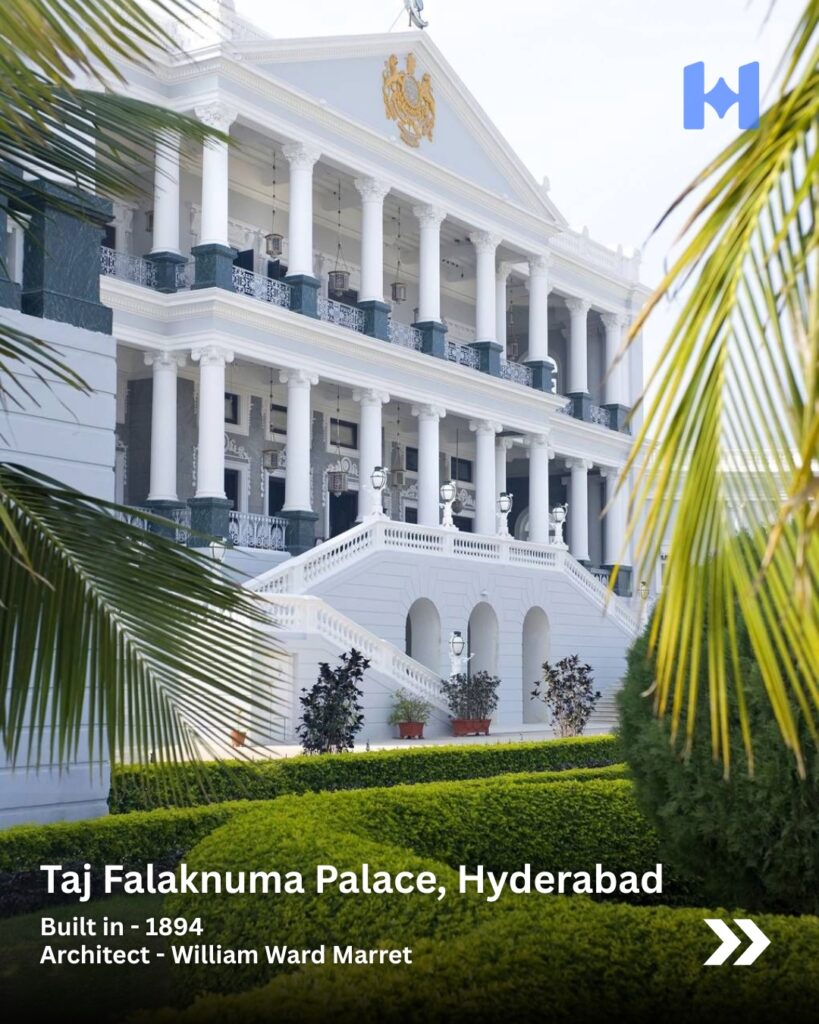
Once the private residence of the Nizam of Hyderabad, Falaknuma (meaning “Mirror of the Sky”) boasts a blend of Italian and Tudor architecture. The palace is a celebration of opulence—think chandeliers, Belgian mirrors, and marble staircases.
Highlights:
- 101-seater dining table (one of the longest in the world)
- Venetian chandeliers and ornate frescoes
- Horse-drawn carriage arrival for guests
Taj Mahal Palace, Mumbai
Built in: 1903
Architects: Sitaram Khanderao Vaidya & D.N. Mirza
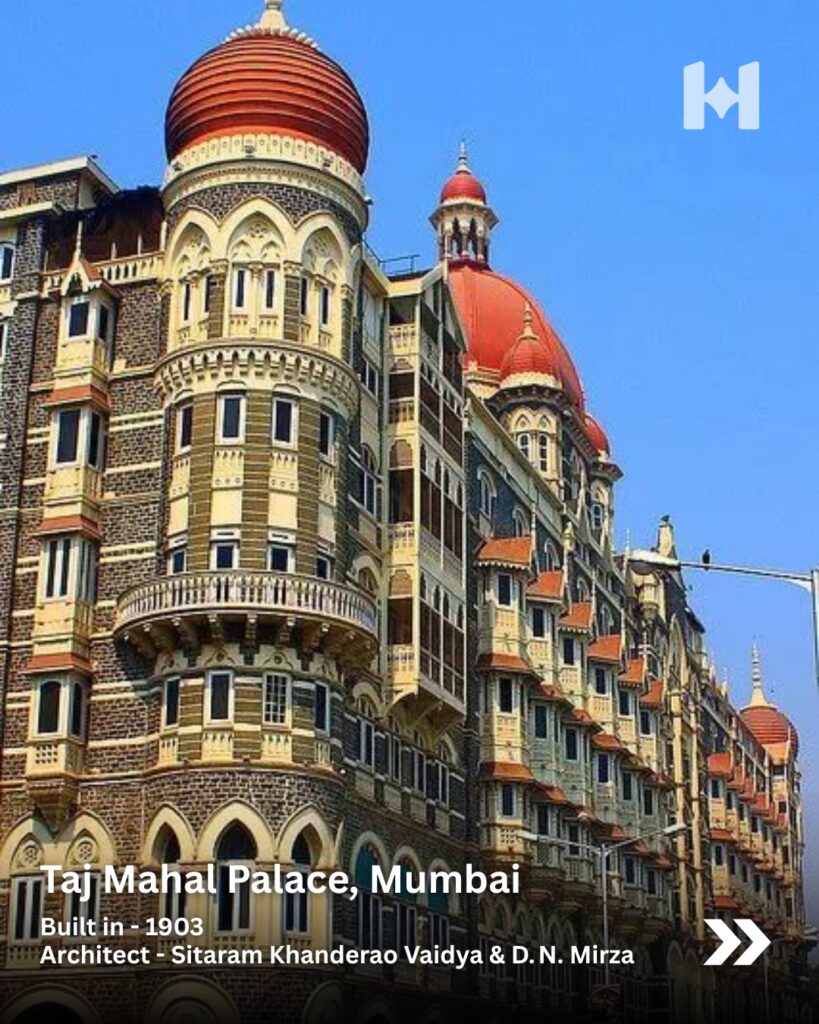
This legendary waterfront hotel is more than a Mumbai landmark—it’s an Indian symbol of luxury and resilience. Built by Jamsetji Tata, the hotel has hosted dignitaries, celebrities, and royalty for over a century.
Highlights:
- Indo-Saracenic architecture with Gothic influences
- Grand staircase and crystal chandeliers
- Uninterrupted views of the Arabian Sea
Maidens Hotel, Delhi
Built in: 1903
Architect: J. Maiden
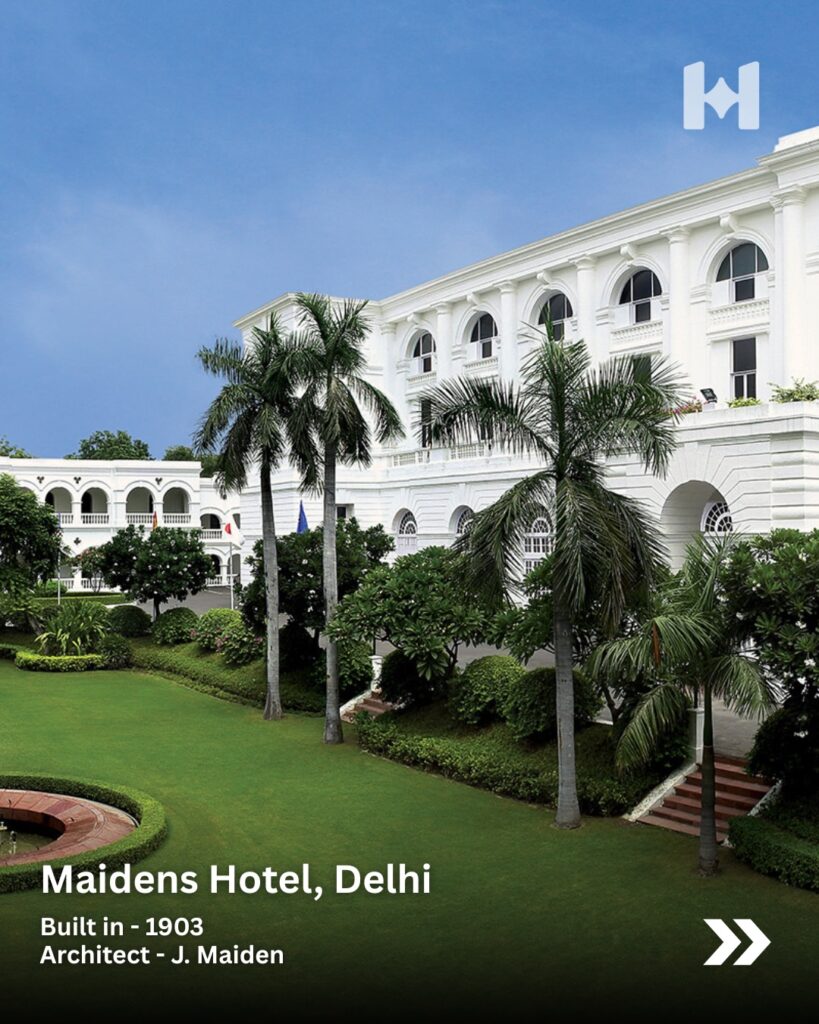
Maidens Hotel is one of Delhi’s oldest hospitality establishments, first built during the British Raj to accommodate officers and travelers on the new railway line. Its whitewashed colonial beauty remains largely untouched.
Highlights:
- Victorian arches and high ceilings
- Personalized butler service
- Close proximity to Red Fort and Civil Lines
Rambagh Palace, Jaipur
Built in: 1835
Architect: Sir Samuel Swinton Jacob

What began as a garden house for the queen’s handmaiden transformed into the royal residence of the Maharaja of Jaipur. The Taj Group now manages Rambagh as one of the world’s finest palace hotels.
Highlights:
- Indo-Saracenic style with Mughal and Rajput influences
- Marble corridors and peacock courtyards
- Polo bar with royal memorabilia
Laxmi Vilas Palace, Vadodara
Built in: 1890
Architect: Major Charles Mant (completed by R.F. Chisholm)

At four times the size of Buckingham Palace, this is the largest private residence in India. The Laxmi Vilas Palace still serves as the home of the Gaekwad royal family and partially operates as a heritage hotel.
Highlights:
- Indo-Saracenic revival style
- Darbar Hall with Venetian mosaic flooring
- Home to a private golf course and museum
The Claridges, New Delhi
Built in: 1930
Architect: Associate of Lutyens

A pre-independence icon in the diplomatic enclave of Delhi, The Claridges blends Lutyens’ architectural influence with old-school Indian elegance. A popular retreat for politicians and artists alike.
Highlights:
- Retro-modern interiors with colonial exteriors
- Alfresco dining by the pool
- Walkable distance to India Gate
The Oberoi Grand, Kolkata
Built in: 1880
Architect: Unknown (Neo-Classical British Era)
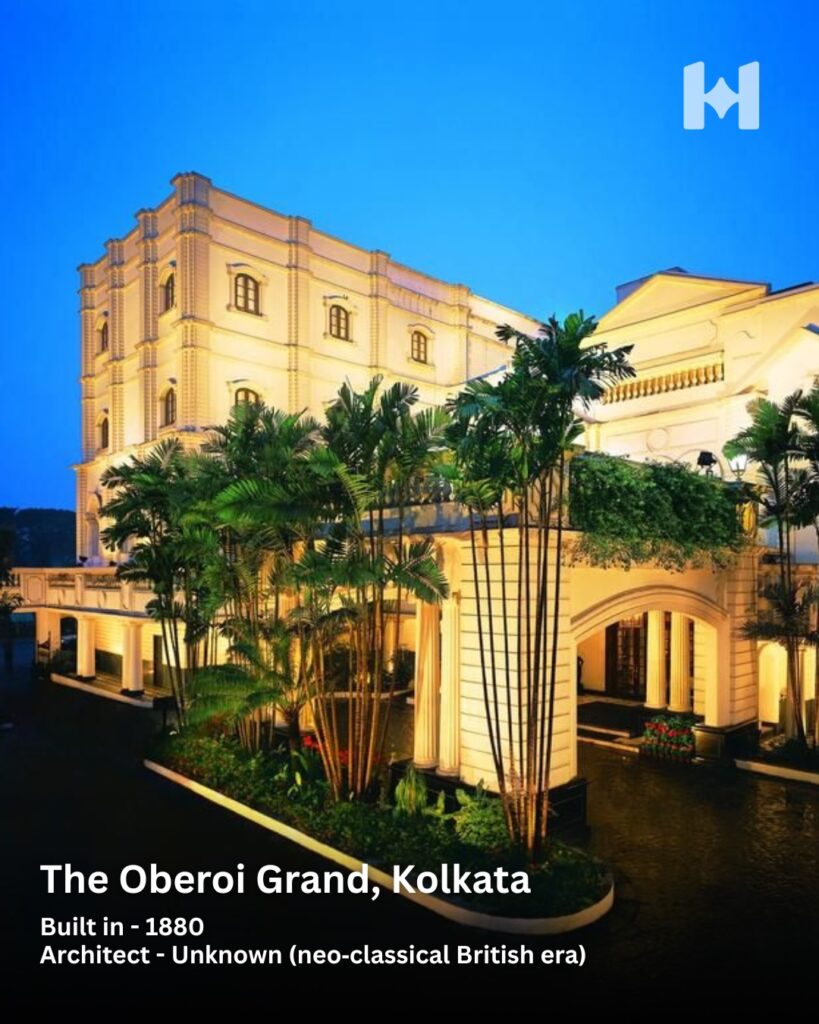
Known as the “Grande Dame of Chowringhee,” the Oberoi Grand once hosted British governors and military personnel. Today, it stands tall as a blend of heritage and modern luxury in Kolkata’s bustling heart.
Highlights:
- Neo-classical exterior with Burmese teak interiors
- Home to Kolkata’s most celebrated ballroom
- Fusion of eastern hospitality and colonial charm
What Makes These Hotels Special?
Time-Tested Luxury
Each of these legacy hotels brings not only comfort but decades—if not centuries—of culture and craftsmanship.
Architectural Diversity
From Indo-Saracenic arches to Edwardian columns and Mughal jharokhas, these properties represent the best of multiple design schools.
Living History
You don’t just visit these hotels—you live the legacy. You walk where royals did. You dine in halls where freedom fighters once debated ideas of a new nation.
How to Book These Legacy Hotels Smartly
- Use HotelSnapp to upload screenshots of the best rate you find and unlock even better wholesale hotel deals
- Look for weekday stays (Sun–Wed) for lower occupancy discounts
- Consider off-season bookings (monsoons or shoulder months)
- Watch for anniversary deals or heritage promotions
Conclusion: Where Past Meets Present
India’s pre-1947 hotels aren’t just accommodation—they’re an experience, a journey back in time with all the comforts of today. Whether it’s the regal corridors of Rambagh, the quiet grace of Wildflower Hall, or the coastal majesty of the Taj in Mumbai, these stays redefine luxury with a soul.
Which of these legacy hotels would you love to stay at first? Let us know in the comments—and don’t forget to compare prices on HotelSnapp before you book your royal stay.